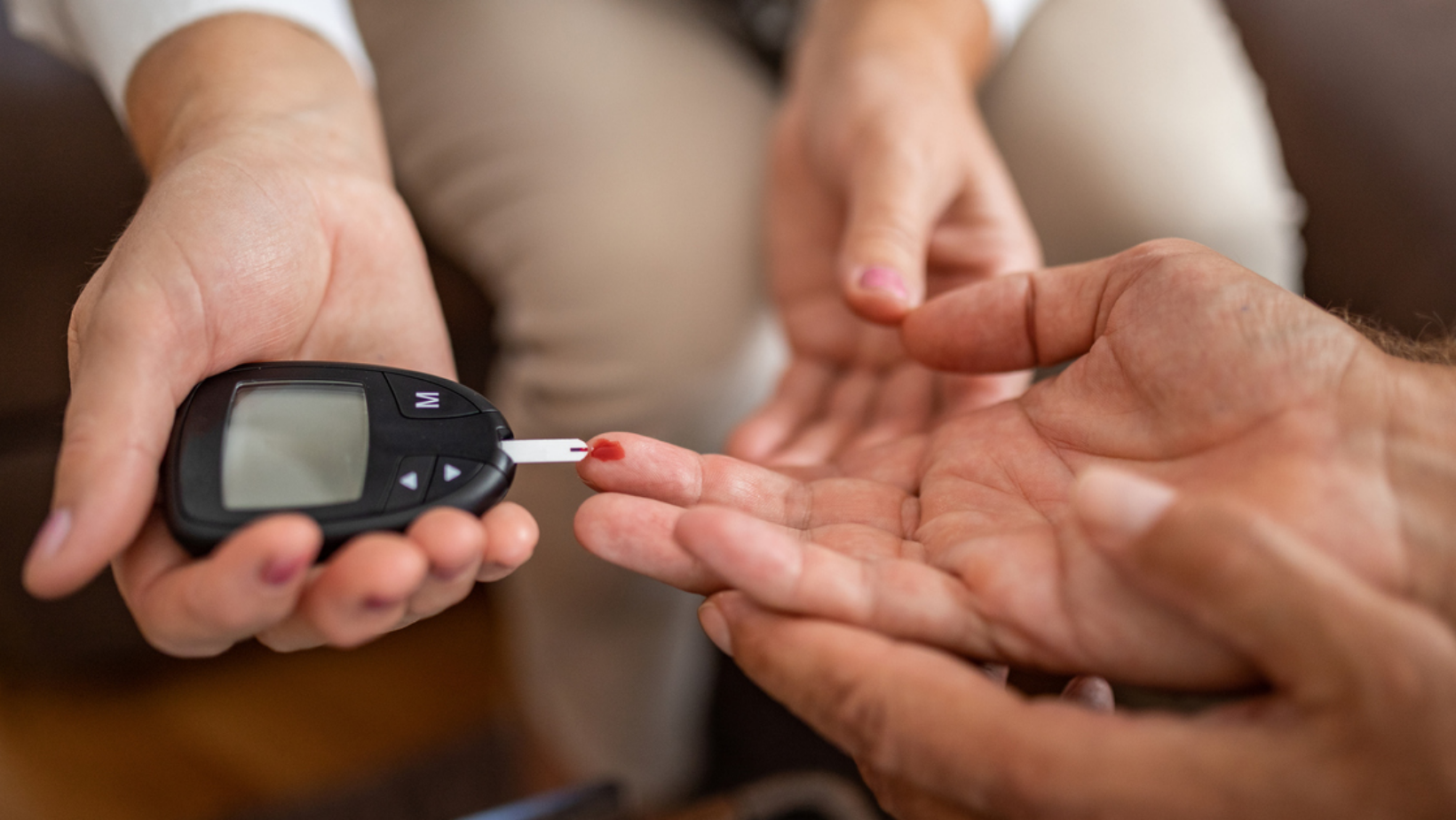Category
Diabetes insipidus is a rare but impactful condition that affects the balance of fluids in the body. Unlike diabetes mellitus,

Have any questions?
If you have any questions, feel free to contact us at [email protected]. A member of our support team will help you shortly.
Share this blog
Fatigue
Energy
Stress
Sleep
Diabetes insipidus is a rare but impactful condition that affects the balance of fluids in the body. Unlike diabetes mellitus, commonly known as diabetes, diabetes insipidus is not related to blood sugar levels. This article will explore the symptoms, causes, and treatment insights of diabetes insipidus, shedding light on this often misunderstood disorder.
Diabetes insipidus (DI) is a disorder characterized by excessive thirst and the excretion of large amounts of diluted urine. The condition arises from a deficiency of, or insensitivity to, vasopressin, also known as antidiuretic hormone (ADH). Vasopressin is crucial in regulating water balance by controlling water reabsorption in the kidneys.
Individuals with diabetes insipidus experience an unquenchable thirst, often drinking large volumes of water throughout the day.
Excessive urine production is a hallmark symptom. Individuals may need to urinate frequently, including during the night.
The urine produced in diabetes insipidus is typically significantly diluted, resulting in a pale colour. Despite the high volume of urine, it contains fewer waste products.
If not adequately managed, the excessive fluid loss through urine can lead to dehydration, causing symptoms such as dry mouth, lethargy, and dizziness.
The constant excretion of large amounts of water can disrupt the balance of electrolytes in the body, leading to imbalances that affect various bodily functions.
CDI is the most common form of diabetes insipidus. It is caused by a lack of vasopressin production in the hypothalamus or a failure of vasopressin release from the pituitary gland.
NDI results from the kidneys' inability to respond to vasopressin. This can be due to a congenital condition, certain medications, or kidney disorders.
Rarely, some women may develop diabetes insipidus during pregnancy. This is related to an enzyme the placenta produces that breaks down vasopressin.
Excessive fluid intake, often due to a psychological disorder, can overwhelm the normal function of vasopressin and lead to symptoms resembling diabetes insipidus.
Desmopressin is a synthetic form of vasopressin and is often the primary treatment for central diabetes insipidus. It can be taken orally, nasally, or through injection, and it helps regulate water balance.
Adequate fluid intake is crucial for individuals with diabetes insipidus to prevent dehydration. Healthcare providers may recommend specific fluid intake levels based on individual needs.
In some cases of nephrogenic diabetes insipidus, diuretic medications may be prescribed to reduce urine production.
If diabetes insipidus is secondary to another condition or medication, addressing the underlying cause is essential for effective management.
Individuals with diabetes insipidus may need to make lifestyle adjustments, such as managing fluid intake, especially before bedtime, to minimize disruptions due to frequent urination.
Regular monitoring of urine output, blood electrolyte levels, and overall hydration status is essential to ensure effective management and prevent complications.
Diabetes insipidus, though rare, can significantly impact an individual's daily life. Recognizing the symptoms, understanding the different types of diabetes insipidus, and implementing appropriate treatments are vital in managing this disorder effectively. With proper medical guidance, individuals with diabetes insipidus can lead fulfilling lives, maintaining optimal fluid balance and preventing complications associated with excessive thirst and urine production. Seeking prompt medical attention for a thorough evaluation is crucial for those experiencing symptoms suggestive of diabetes insipidus.